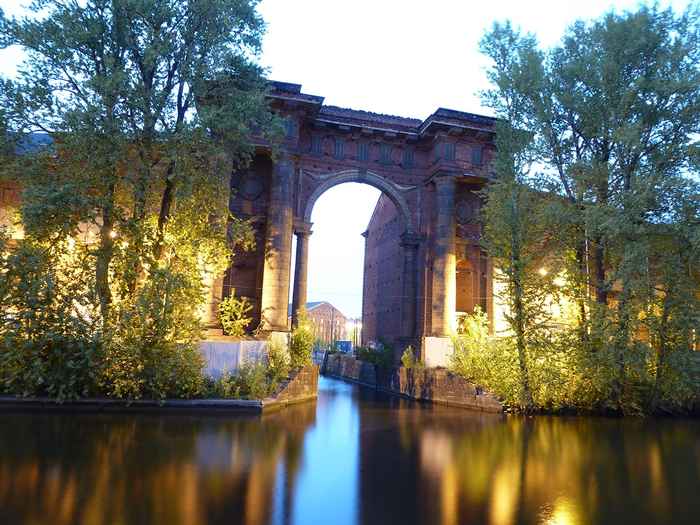Czar Peter, New Holland and Urban Development in St. Petersburg - by Olga Sezneva
Publication date 02-03-2016
There is a slice of Holland in the heart of Saint Petersburg. When Czar Peter returned from Zaandam in 1698 after learning, incognito, shipbuilding (he trained as a carpenter), he applied the new skill to building Russia’s own fleet as he ventured to also build a new imperial capital. Shipyards were laid out on an island formed by a small river and two manmade canals. The resulting terrain so much reminded him of Zaandam, that the Czar named it, without much thought, ‘New Holland’. The name stuck and the area stood as a reminder of Peter’s ‘other’ revered country.
